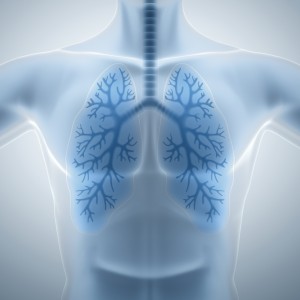Effective Screening Models for Pulmonary Arterial Hypertension Diagnosis in Systemic Sclerosis Patients

 A recent study published in the journal Arthritis Research & Therapy analyzed different prediction algorithms for the efficient diagnosis of pulmonary arterial hypertension (PAH) in patients with systemic sclerosis. The study is entitled “A comparison of the predictive accuracy of three screening models for pulmonary arterial hypertension in systemic sclerosis.”
A recent study published in the journal Arthritis Research & Therapy analyzed different prediction algorithms for the efficient diagnosis of pulmonary arterial hypertension (PAH) in patients with systemic sclerosis. The study is entitled “A comparison of the predictive accuracy of three screening models for pulmonary arterial hypertension in systemic sclerosis.”
Systemic sclerosis, also known as scleroderma, is a rare, chronic autoimmune disease in which the body’s own immune system attacks healthy tissues resulting in a hardening and tightening of the skin and connective tissues. Scleroderma usually affects the skin, but it can also affect internal organs such as the lungs, blood vessels and the digestive tract. One of the most severe organ complications that can lead to death in systemic sclerosis patients is PAH, which is characterized by an abnormally high blood pressure in the pulmonary artery.
It is estimated that the 3-year survival rate of systemic sclerosis patients with associated PAH is around 50% and it has been shown that an early screening and treatment of PAH is usually associated with a better prognosis.
In this study, researchers analyzed the accuracy of two screening algorithms, Australian Scleroderma Interest Group (ASIG) 2012 and Evidence-Based Detection of Pulmonary Arterial Hypertension in Systemic Sclerosis (DETECT) 2013 for predicting PAH in systemic sclerosis patients, and compared the algorithms performance with the European Society of Cardiology/Respiratory Society (ESC/ERS 2009) guidelines, which is currently the main screening tool for PAH.
[adrotate group=”3″]
73 adult patients with systemic sclerosis from the Australian Scleroderma Cohort Study, considered to be at high risk for PAH and who had undergone right heart catheterization (RHC, the gold standard test for PAH diagnosis) were assessed.
Researchers found that by RHC, 36.9% (27) of the patients had PAH and both DETECT and ASIG algorithms demonstrated 100% sensitivity by detecting all cases of PAH in the cohort analyzed. In terms of specificity, the ASIG algorithm had the highest value, 54.5% versus 35.3% for DETECT.
The research team concluded that both ASIG and DETECT algorithms performed well, and proved to be better in predicting PAH than the current ESC/ERS guidelines as they include more variables and have a higher sensitivity, which is a crucial feature in a screening algorithm. The researchers suggest that the selection of PAH screening algorithm in systemic sclerosis patients, apart from accuracy, also depends on the cost associated, accessibility and the ease of application.






